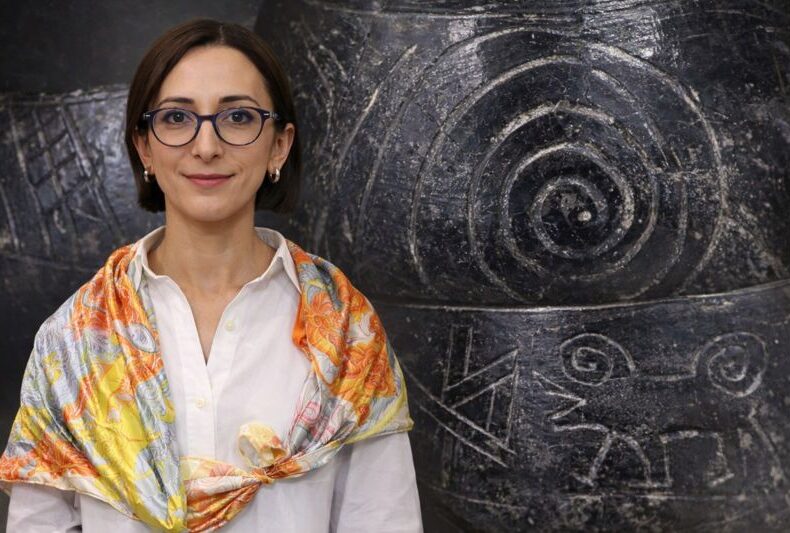
Symbols Beyond Decoration: New Research Decodes the Visual Language of Karaz Pottery
At first glance, Karaz pottery looks restrained—almost austere. Dark surfaces. Limited color. Repeating forms.But that first impression is deceptive. Look closer, and those vessels begin to speak. According to a new doctoral study, the motifs covering Karaz ceramics were not added merely to decorate everyday objects. They formed a visual language, developed and understood within
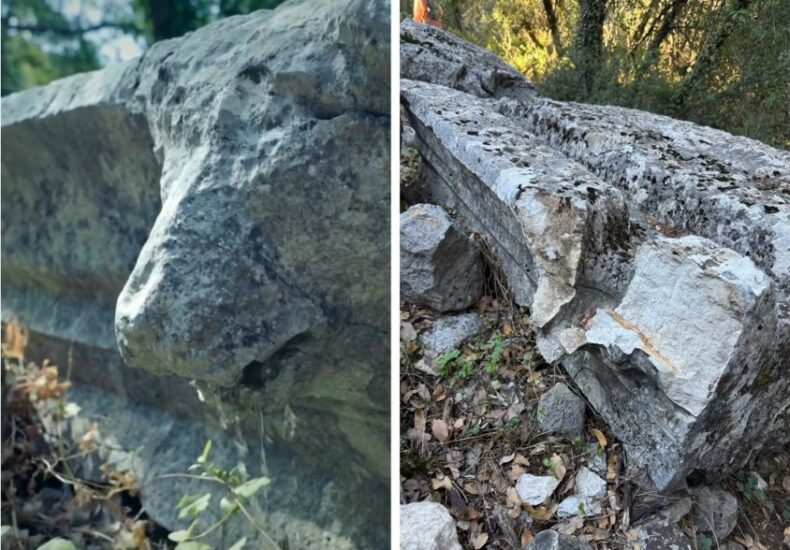
2,000-Year-Old Lion-Headed Gargoyle Damaged at Termessos, the City Alexander the Great Could Not Conquer
At the ancient city of Termessos, one of the most dramatic mountain strongholds of ancient Anatolia, a 2,000-year-old lion-headed gargoyle has been found broken, raising renewed concerns about the protection of archaeological heritage sites in Türkiye. Located at an altitude of around 1,150 meters in the Taurus Mountains near Antalya, Termessos is famously known as
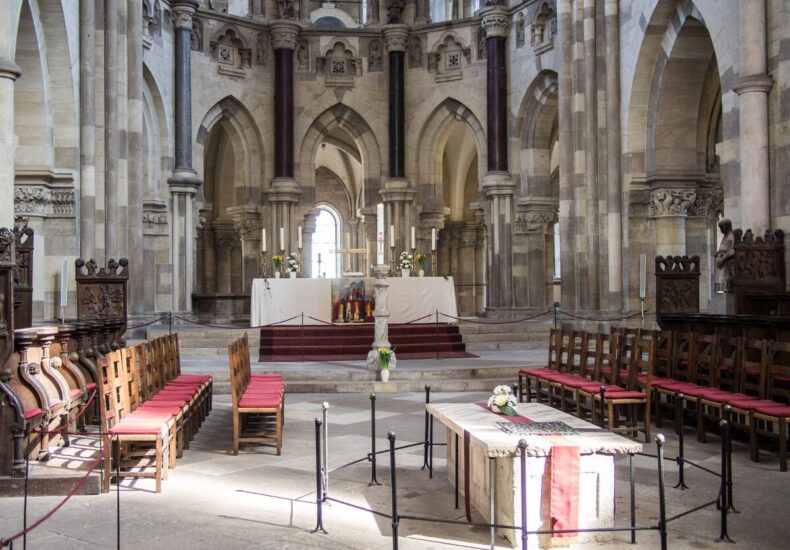
Not Italian, but Anatolian: The Marble of Otto the Great’s Sarcophagus Traced to Marmara Island
For centuries, the monumental tomb of Otto I, known as Otto the Great, has stood at the heart of Magdeburg Cathedral as one of Europe’s most powerful symbols of medieval authority. Now, new scientific analyses have revealed that a crucial element of this imperial monument is not European at all, but Anatolian in origin. Experts
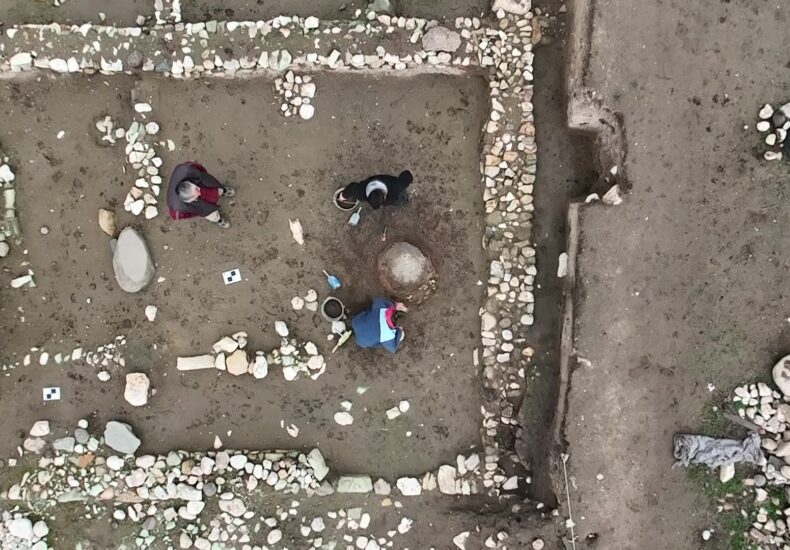
A 2,600-Year-Old Persian-Era Tandoor Discovered at Oluz Höyük by Turkish Archaeologists
Buried just beneath the floor of an ancient domestic space at Oluz Höyük in northern Türkiye, a clay-built oven has resurfaced with a familiar shape. Despite being 2,600 years old, the structure looks strikingly similar to the tandoors still used in Anatolian kitchens today—an architectural continuity that spans millennia. The discovery was made during the
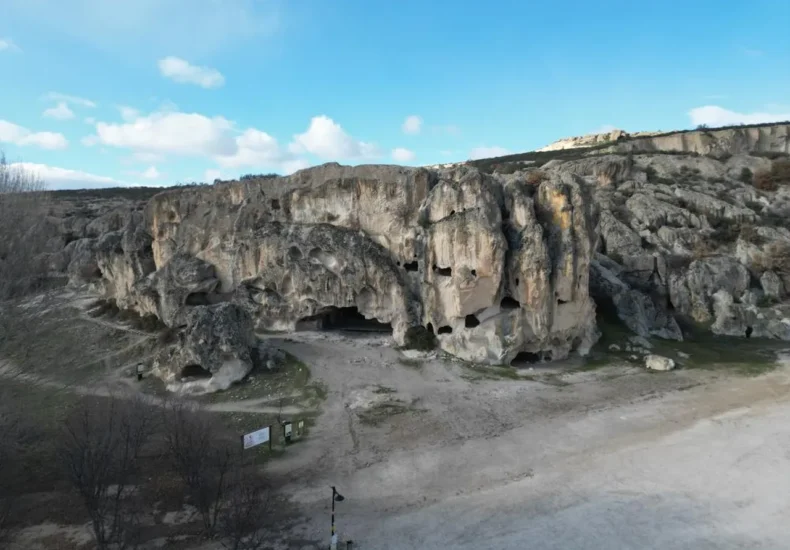
A 3,000-Year-Old Rock-Cut Toilet in the Phrygian Valley Is Attracting Visitors’ Attention
In the heart of western Anatolia, the Phrygian Valley continues to surprise visitors not only with its monumental rock façades and ancient sanctuaries, but also with striking details from everyday life. One of the most talked-about features in recent years is a 3,000-year-old rock-cut toilet, carved into a multi-story structure in the Ayazini area of

Troy to Take Center Stage at Rome’s Colosseum in Major 2026 Exhibition
In 2026, one of Anatolia’s most enduring stories will unfold at the very heart of ancient Rome. A comprehensive exhibition dedicated to Troy, the UNESCO-listed archaeological site in northwestern Türkiye, will be hosted at the Colosseum Archaeological Park in Rome, one of the most visited heritage complexes in the world. The announcement was made by

Noted by an English Traveler in 1835, Burdur’s Serençay Canyon Preserves Late Roman Settlement
In the rugged interior of southwestern Anatolia, a narrow canyon carved by nature also carries the marks of human survival and belief. Serençay Canyon, located in Türkiye’s Burdur province, was already attracting attention in the early 19th century, when an English traveler recorded its rock-cut landscape in 1835. Nearly two centuries later, the same canyon

A Roman Elite’s Marble Bathtub Reused as a Fountain Trough Discovered at Ephesus
At Ephesus, one of the most intensively studied cities of the ancient Mediterranean, archaeologists continue to encounter the unexpected consequences of urban life stretching across centuries. During the 2025 excavation season at the UNESCO World Heritage Site, a finely carved Roman marble bathtub—once associated with elite domestic life—has been uncovered along the city’s Stadium Street,

How the Crusaders Were Defeated in Anatolia: New Evidence Reveals the Route and Fortress of the Battle of Merzifon
For centuries, the defeat of the Crusader armies in Anatolia in 1101 has been known largely through fragmented medieval chronicles. Now, new archaeological and historical research in northern Anatolia is transforming that narrative. Scholars working in the Amasya–Merzifon region say they have identified the precise route taken by the Crusaders—and the strategic fortress where their

A Palace Beneath a Palace Discovered at Kültepe, Site of Anatolia’s Earliest Written Records
Excavations at Kültepe Kaniš-Karum, one of Anatolia’s most significant archaeological sites, have revealed an unexpected new layer of the past. Archaeologists have identified the remains of a monumental palace structure lying beneath a previously known palace, suggesting that centralized authority at Kültepe developed earlier—and on a larger scale—than previously understood. The discovery comes from ongoing
